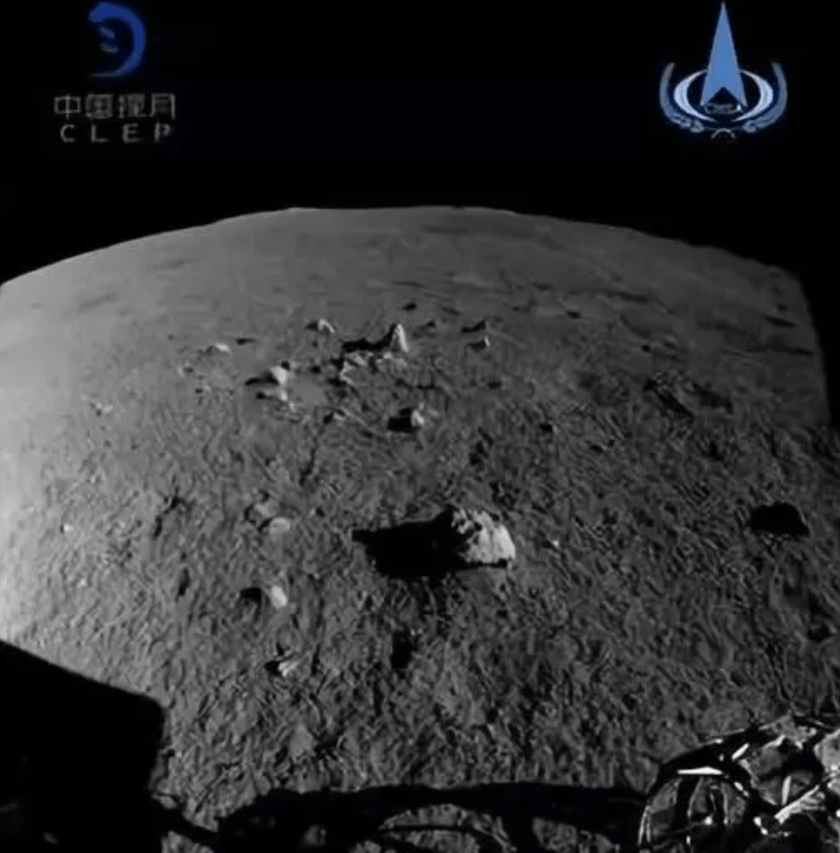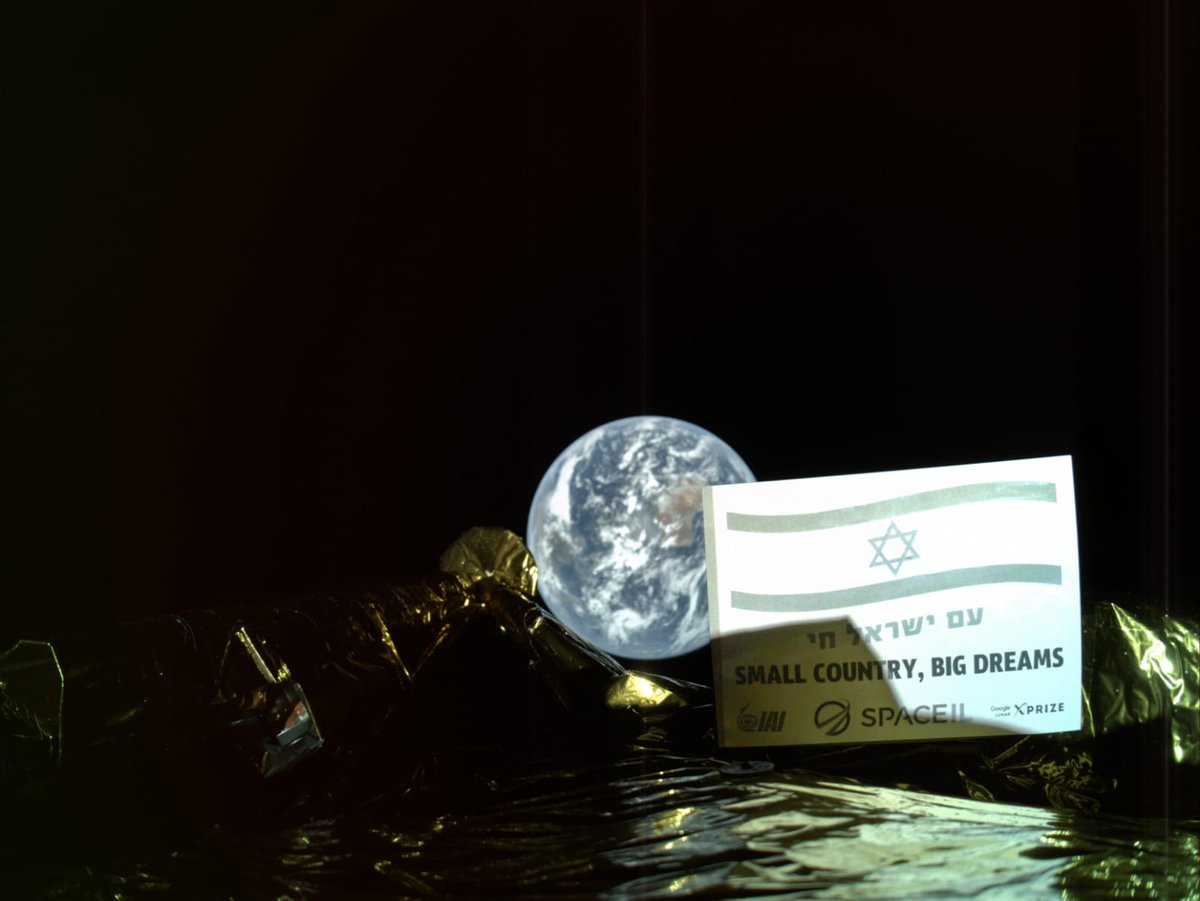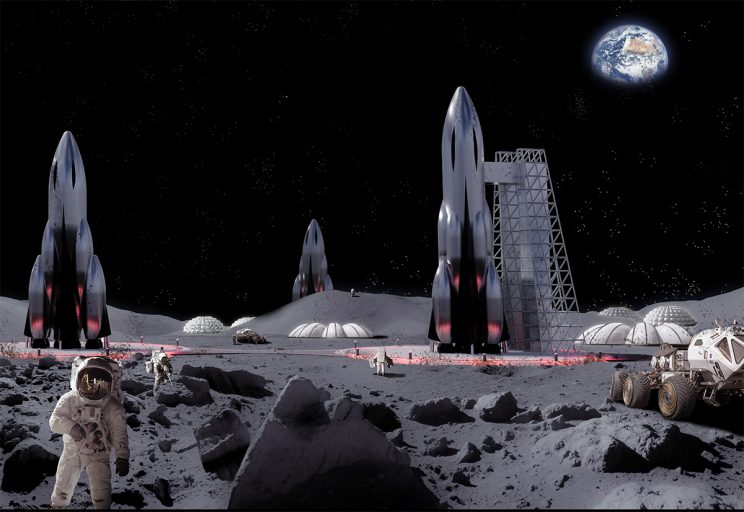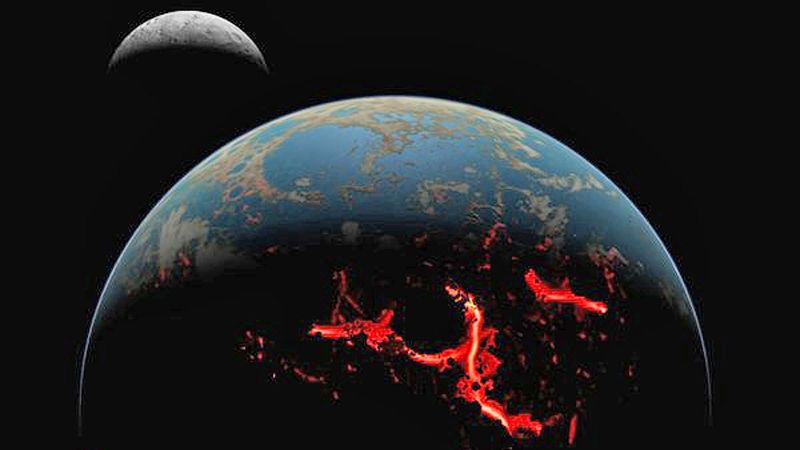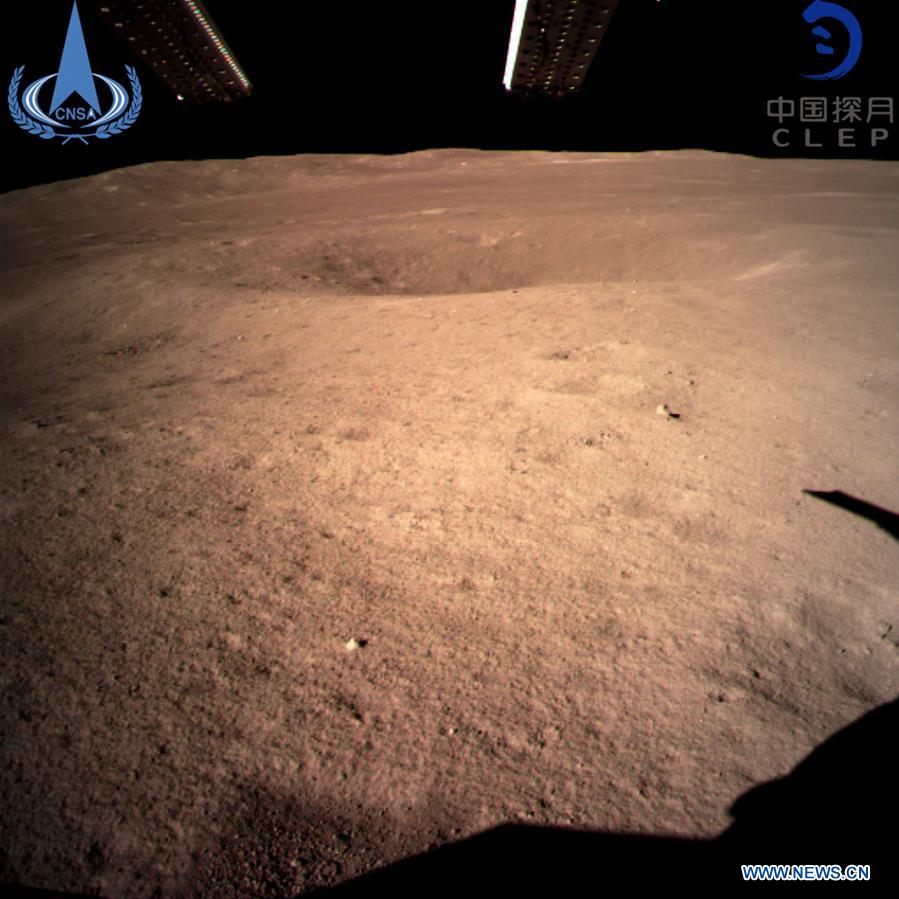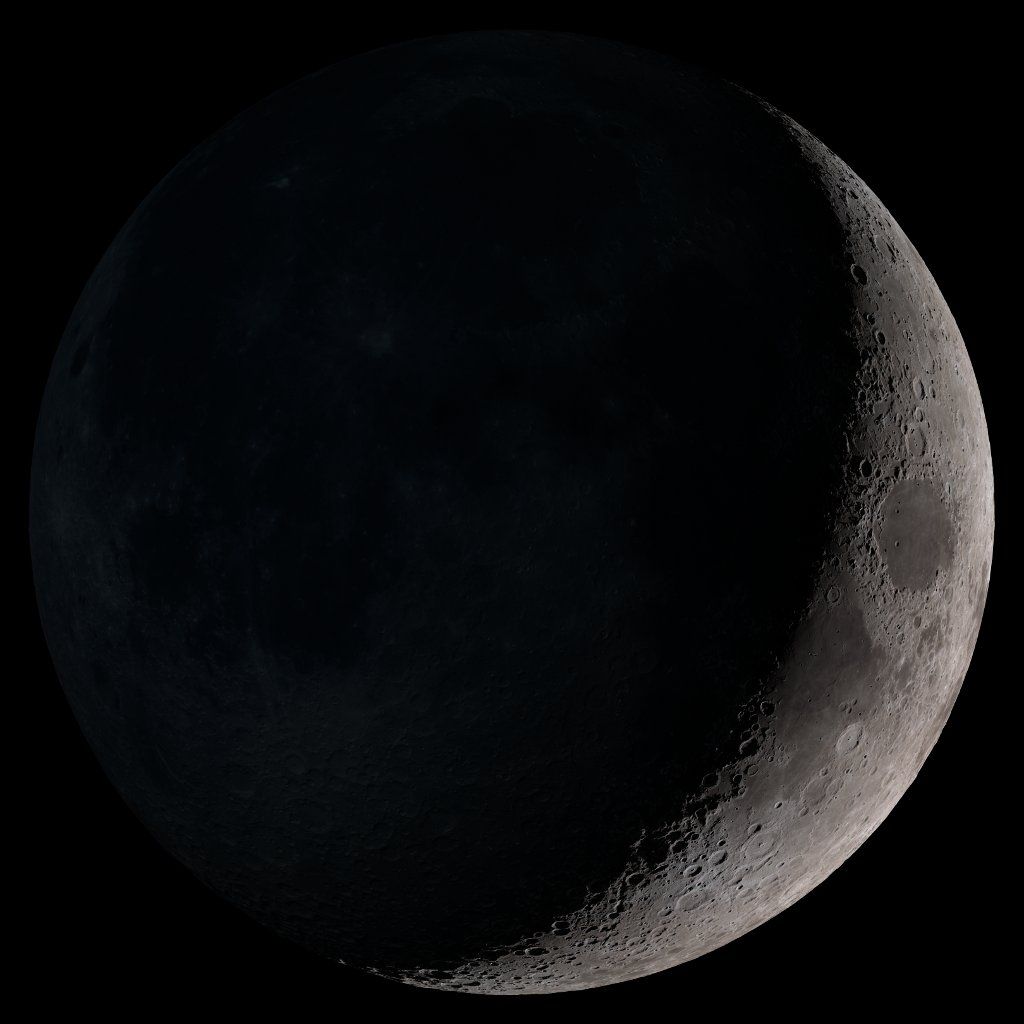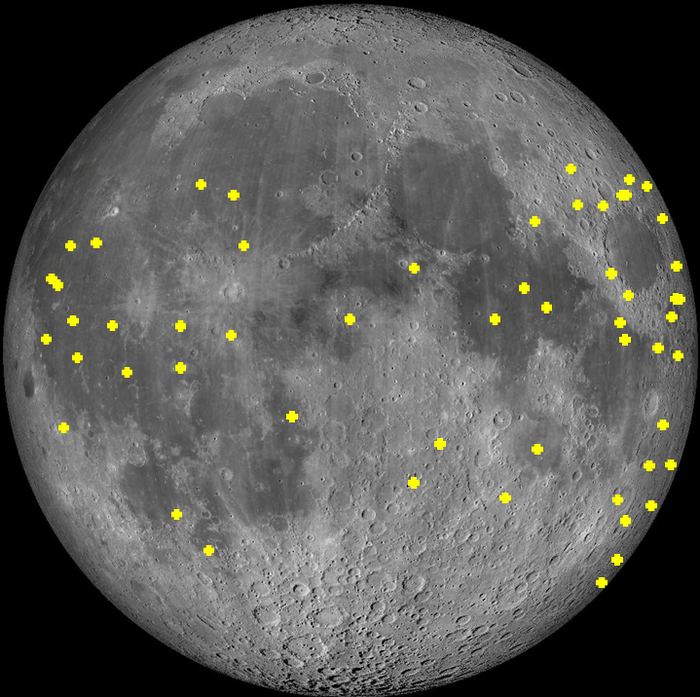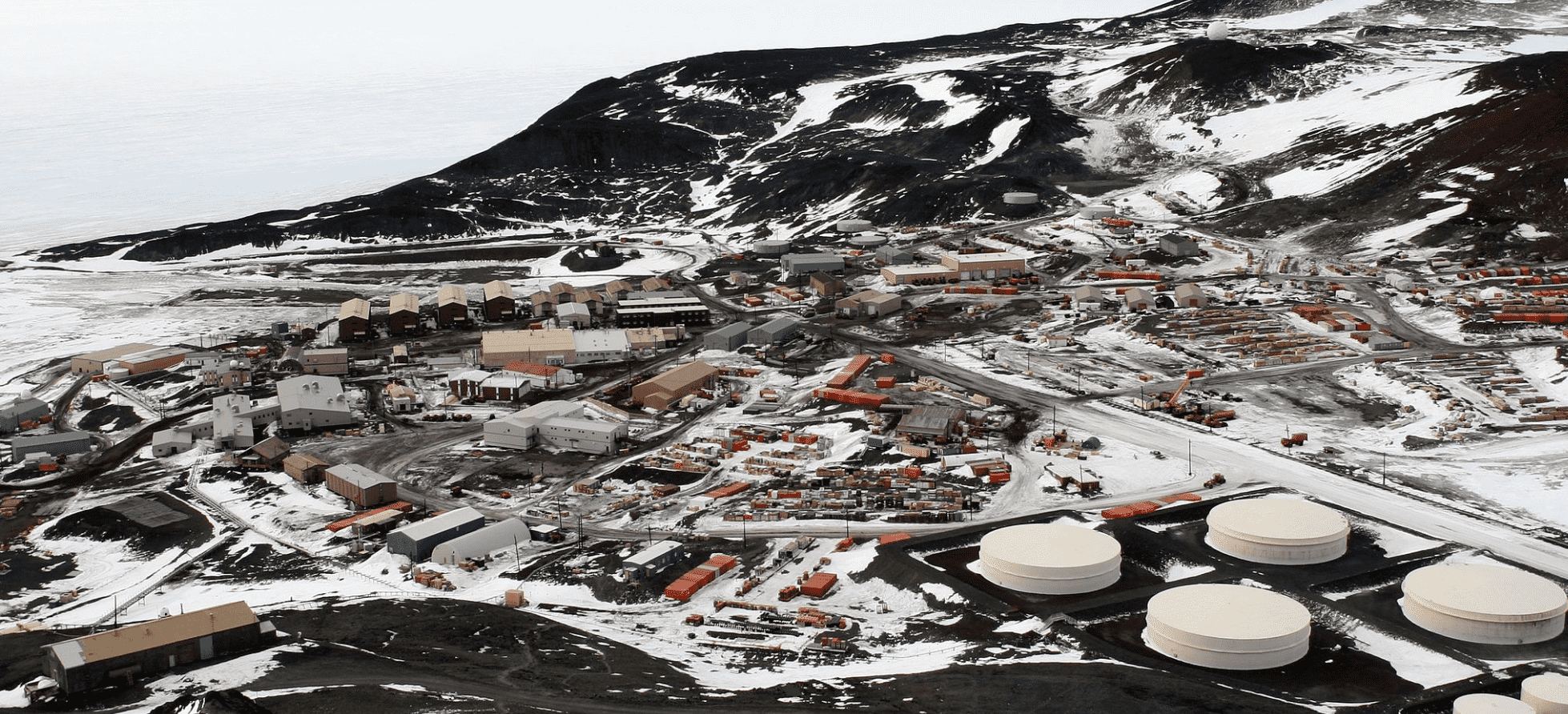The China National Space Administration (CNSA) has released some new photos and updated the world on their lunar rover mission. The Yutu-2 rover is working its way into the history books on the lunar far side, exploring the Von Karman crater. It’s third lunar day is now in the record books.
Continue reading “China’s Lunar Rover Wakes Up and Gets to Work for its 3rd Lunar Day”China’s Lunar Rover Wakes Up and Gets to Work for its 3rd Lunar Day
